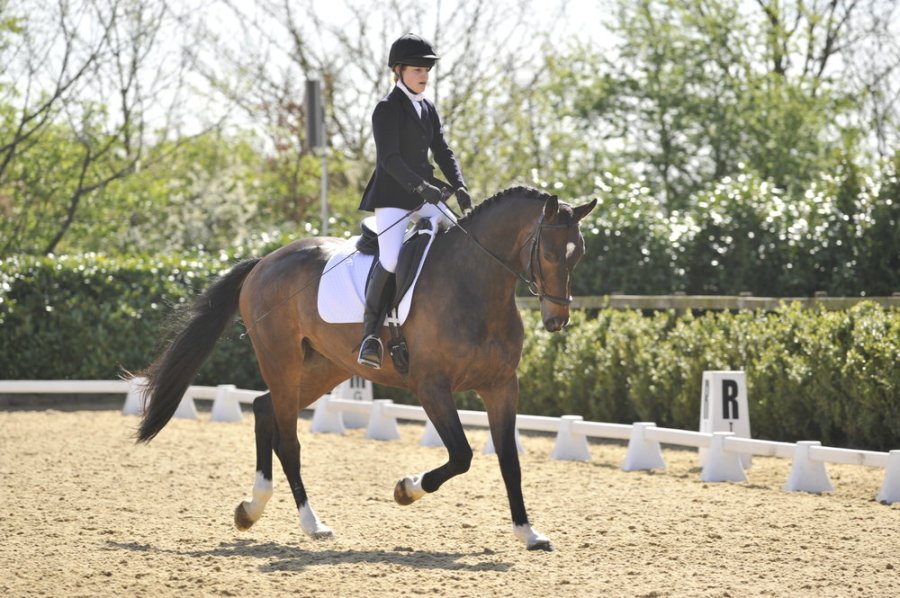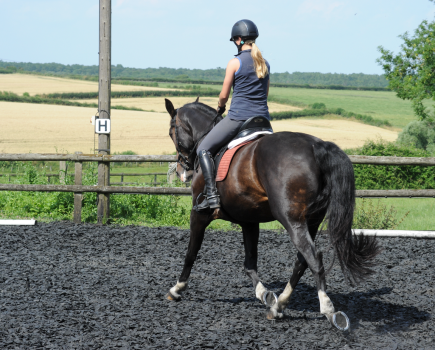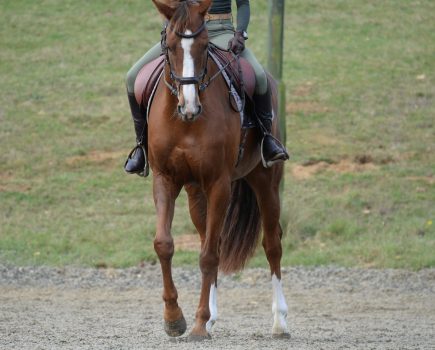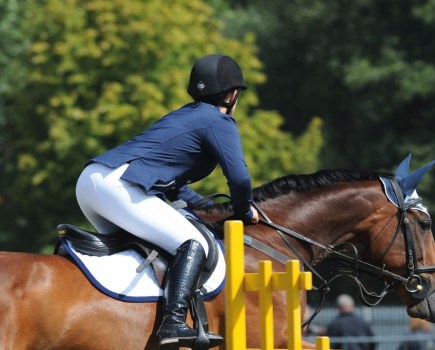Every mark counts when you’re competing in dressage, and one late transition or cut corner is likely to mean the difference between you and your horse winning or losing a rosette. If you’re fed up with scoring low in the dressage arena or wondering how to eek out a few more marks on competition day — you’re not alone.
Your Horse asked dressage judge Alex Gingell how you can improve you and your horse’s performance on the flat and score big when you’re inside the ring. He reveals his top eight tips below.
1 Improve your accuracy
Be accurate, for example when riding a corner — go into them rather than bending around — and riding circles. Make sure a 15m circle is actually 15m — not 18m or 16m.
Be accurate at the arena markers too. For example, if you’re changing the rein at F or making a canter transition at C, ask for the movement in time for your horse to make the change in the right place, rather than overshooting the marker and doing it late.
2 Show your horse off
If your horse has three good paces, show them off by giving him enough energy and freedom to move forward. Don’t restrict forwardness with your hands and avoid fiddling with the reins, as this is likely to lead to an unsettled horse with an inconsistent contact.
3 Keep looking ahead
Show the judges that you mean business by looking up and in the direction of where you’re going. This will help you communicate with your horse where you want to go too. Remember, body language is important and rider weight aids are very useful.
4 Remember to count
If you’re asked to halt for four seconds at C, make sure you count steadily to four. One Mississippi… two Mississippi…
Don’t rush to get to four, which is easy to do if you’re nervous. Practice counting to four with a stopwatch at home, so that you get a feel for how long four seconds actually is. You might be surprised!
5 Enjoy yourself
Remember to smile while you’re riding your test. After all, you love your horse and you’re meant to be enjoying yourself. Even if you’re a bag of nerves, smiling can lift your mood and make you feel more positive. Focusing on your breathing — deep breathes in and out — can help you relax and enjoy yourself too.
6 Never stop learning
However good or bad your test is, use it as a benchmark for improvement. Always collect your score sheet at the end of the day and take note of the comments. Think of it as constructive feedback for you to take away and work on. Over time, you’ll be able to look back at your horse’s dressage sheets and see how they’ve improved in certain areas.
7 Don’t underestimate your halt
Practise getting a square halt every time when you’re schooling at home. These will then be points you can (almost) guarantee at competition.
It’s easy to forget about practising the halt when you’re training. Standing still — how hard can it be, right? Actually, there are plenty of ways to lose marks for the final halt (there are multiple halts at some levels).
Perhaps your horse rests a hindleg, swings his quarters in or he isn’t straight. Or maybe you haven’t turned on to the centre line in time and your horse has drifted to the side. If you learn what a correct halt feels like at home you’ll know when you’ve got a good one in the arena, too.
8 Maintain straightness when you halt
When you’re halting on the centre line in a test, try first and foremost to get a straight halt. Judges sat at C can’t always see if it’s square. A halt that’s not square but is straight could very well get an eight or above. In the moment, try not to overthink it and ‘fiddle’, as you risk making it worse.









